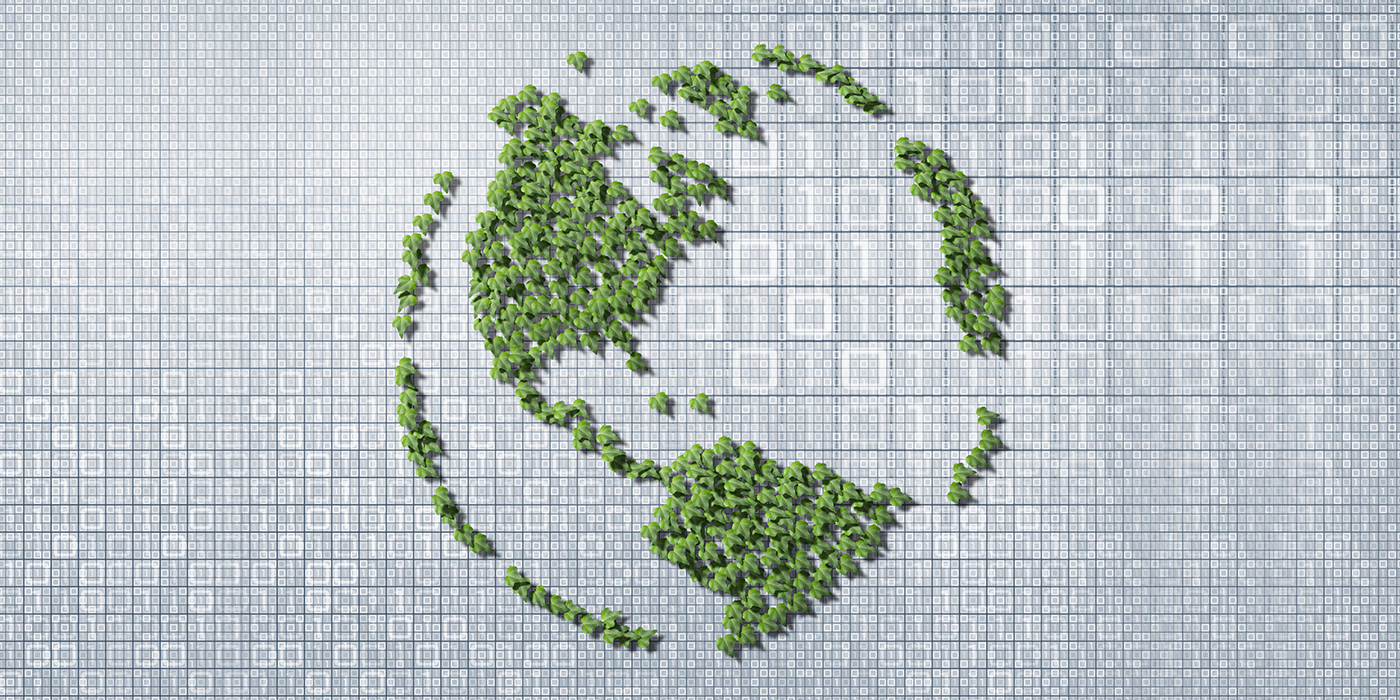Addressing the Sustainability Imperative in an Evolving World


Every April, BMC celebrates Climate Action Month, and the world marks annual Earth Day celebrations, which makes it a great time to revisit the intersection of environmental sustainability and technology. This year, the socioeconomic and geopolitical conversation around environmental sustainability is evolving at a rapid pace while enterprises themselves are losing important ground. According to the CDP Corporate Health Check 2025, “Just one in 10 companies are embedding Earth-positive decision-making across their business. Most companies are falling behind what the most robust regulation and the planet demand.”
The report goes on to warn that, “Climate inaction could reduce global GDP by 18 percent by 2050, as emissions continue to rise, and nature loss accelerates.” Accenture’s 2024 Destination Net Zero report echoes that concern, finding that only 16 percent of G2000 companies are on track to achieve net zero operations by 2050. But there is good news, and some companies are making progress.
While 2025 began with the US rolling back 31 of its Environmental Protection Agency (EPA) guidelines and once again withdrawing from the Paris Agreement, globally, organizations are still marching toward their sustainability goals. PwC’s Second Annual State of Decarbonization Report, released this year, explores sustainability as a business value driver. Its analysis of the CDP Report noted a nine-fold increase in the number of companies filing their climate commitments with CDP in just the last five years.
And although CDP's 10 percent statistic might signal a retraction from sustainability, the opposite is true, as PwC analysis found that 37 percent of companies were still increasing their ambitions while only 16 percent were less aggressive. “Corporate sustainability initiatives aren’t slowing down—rather they’re quietly progressing and becoming more rigorous,” the report shares. “Despite the noise about corporate backpedaling, more companies than ever, from industry giants to small suppliers, are making climate commitments and holding firm to their goals.”
At the same time, emerging technologies are introducing new complexities—and new opportunities—for sustainability. Generative AI (GenAI), in particular, has captured the attention of the global business community with its transformative potential. Yet, as its adoption accelerates, so, too, does concern about its environmental footprint.
Deloitte notes that “power-intensive GenAI training and inference continues to grow faster than other uses and applications,” estimating that global data center electricity consumption could double to 1,065 TWh by 2030. Accenture shares this concern, reporting that just 14 percent of G2000 companies are currently using AI to support decarbonization goals, even as AI data centers are projected to emit 718 million tons of CO₂ by 2030—comparable to the emissions of today’s aviation or shipping sectors.
MIT Technology Review further illustrates the scale of the issue, calculating that generating 1,000 images with a powerful AI model produces as much carbon dioxide as driving 4.1 miles in a gasoline-powered vehicle, while even the most efficient models still leave a measurable environmental trace.
But rather than treating GenAI as an obstacle to sustainability, we should view it as a catalyst for accelerating renewable energy adoption. The immense and growing energy demands of AI present a unique opportunity to drive investment in clean energy infrastructure, grid innovation, and efficient system design. As companies look to scale GenAI responsibly, many are recognizing the value—and necessity—of powering that scale with renewable sources.
This convergence of advanced technology, environmental awareness, and market readiness can reshape how businesses approach sustainability. By embedding energy-conscious practices—like using energy-efficient AI modeling, hardware, and accelerators; shifting training and inference workloads to low-carbon cloud regions, and scheduling compute-intensive tasks for peak renewable energy usage—into AI strategies that also align with the broader environmental, social, and governance (ESG) goals, organizations can mitigate GenAI’s environmental impact and leverage its momentum to drive meaningful, systemic progress toward a more sustainable future.
While IT leaders pursue innovation, they must also play a key role in advancing sustainability across the enterprise. Just as their distinct skills and connections spearhead business initiatives, they can also influence a meaningful sustainability agenda that reinforces their organization’s commitment to corporate citizenship and ethical governance. In doing so, these leaders contribute to the global effort to combat climate change alongside enhancing their organization’s reputation, attracting and retaining talent, and realizing significant cost savings through more efficient resource use.
Here are five steps towards achieving a more sustainable IT strategy:
At BMC, we are advancing our sustainability agenda and empowering our customers to do the same. Our expertise in sustainable transformation, operational efficiency solutions, and workload optimization puts us at the forefront of driving sustainable change in the IT sector.
We are dedicated to achieving science-based, emission reduction targets across our business to reach net-zero value chain emissions no later than 2030, we participate in the Business Ambition for 1.5° C campaign, hold the EcoVadis Gold Medal, are a proud member of the UN Global Compact, and maintain Global Accreditation for ISO 14001:2015, a guideline for our environmental management system policies and practices.
For Climate Action Month, Earth Day, and all the other days, these are some of the activities we encourage among ourselves, and we hope you’ll join in, too.
The call to action for IT leaders is clear. By integrating sustainability into the heart of IT strategy and operations, setting clear goals, adopting green practices, collaborating with suppliers, optimizing operations, and advocating for supportive policies, they can drive their organizations towards a more sustainable and prosperous future.